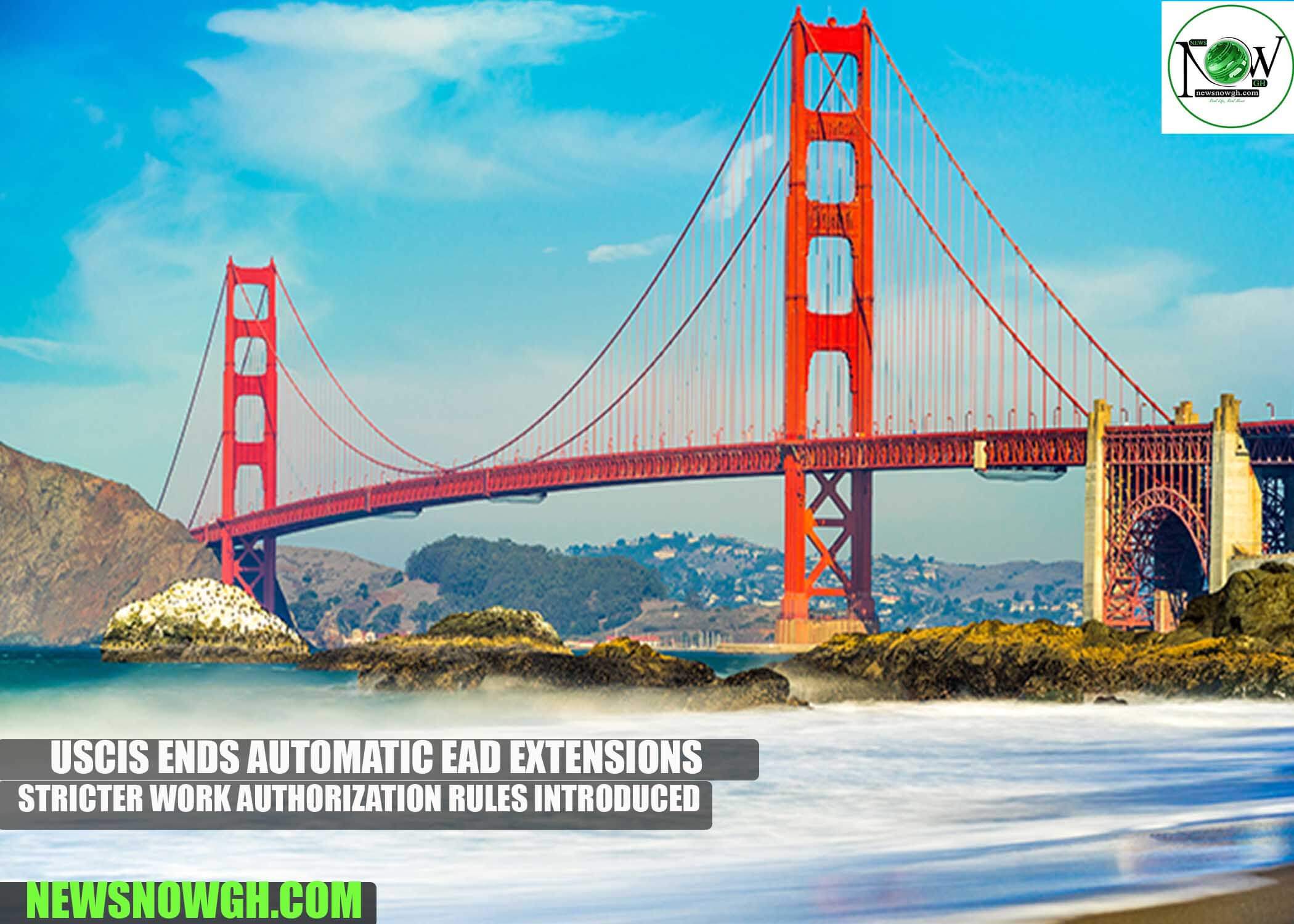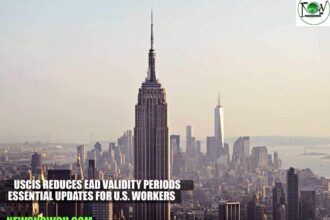USCIS Ends Automatic EAD Extensions: Stricter Work Authorization Rules Introduced
Beginning October 30, 2025, the United States Citizenship and Immigration Services (USCIS) will eliminate automatic work permit extensions for most foreign nationals. This significant change demands that applicants complete background checks before their work permits can be renewed, highlighting the importance of early filings to prevent any job interruptions.
The Department of Homeland Security (DHS) recently announced changes that will impact how Employment Authorization Documents (EADs) are renewed. Following the new regulations, foreign workers will no longer enjoy automatic extensions when renewing their work permits.
What’s Changing
Previously, many visa holders could continue working in the U.S. even after their EAD expired, provided they had applied for renewal. The new regulations, however, will put an end to this practice. DHS will now thoroughly review each application before granting a work permit renewal.
This shift aims to enhance background checks and fraud detection. By ensuring that all applicants undergo comprehensive evaluations, the government can better manage the renewal process.
Why the Rule Was Introduced
The USCIS explained that the decision to end automatic extensions is rooted in a commitment to national security. Stricter screening will enable closer scrutiny of applicants’ backgrounds, allowing authorities to identify potentially concerning cases more effectively.
Furthermore, USCIS emphasizes that working in the U.S. is a privilege, not an inherent right. The aim is to uphold the integrity of the work authorization process while safeguarding American workers’ interests.
Are There Any Exceptions?
While automatic extensions are being revoked, a few exceptions remain. Some applicants may still qualify under specific circumstances, such as:
- Extensions granted under particular laws
- Temporary Protected Status (TPS) updates as published in the Federal Register
- All other applicants will need to wait for USCIS approval before they can continue working.
What Applicants Should Do
If your work permit is set to expire after October 30, 2025, it’s crucial to plan accordingly. You can submit your renewal application up to 180 days before the due date. Applying early significantly reduces the risk of experiencing a lapse in employment authorization.
It’s important to note that existing EADs that were automatically extended before October 30, 2025, will not be affected by this new renewal policy.
Overview: Automatic Extension of EADs
An automatic extension of Employment Authorization Documents (EADs) previously allowed certain foreign workers to keep working for up to 180 days after their EAD expired, provided they had submitted a timely renewal application. This temporary measure helped avoid job interruptions while USCIS processed renewal requests. However, starting October 30, 2025, most categories will no longer have this automatic grace period.
Final Thoughts
In summary, if you currently work in the U.S. on an EAD, proactive planning is essential. Apply early, keep track of your renewal date, and do not assume that you will automatically be covered after October 30, 2025. Staying informed and prepared will help ensure uninterrupted employment in this changing regulatory landscape.
READ MORE
- Lithuania Updates Country List for Residence Permits and Visa Applications
- Japan to Introduce Significant Increase in Visa and Departure Fees for International Travelers
- China Introduces New Online Visa Application System for US Travelers: Step-by-Step Guide
- Shanghai Introduces New Residence Permit to Attract Skilled Foreign Professionals
- New Zealand to Launch Online Application System for Guardian Visitor Visa Starting November 2025









